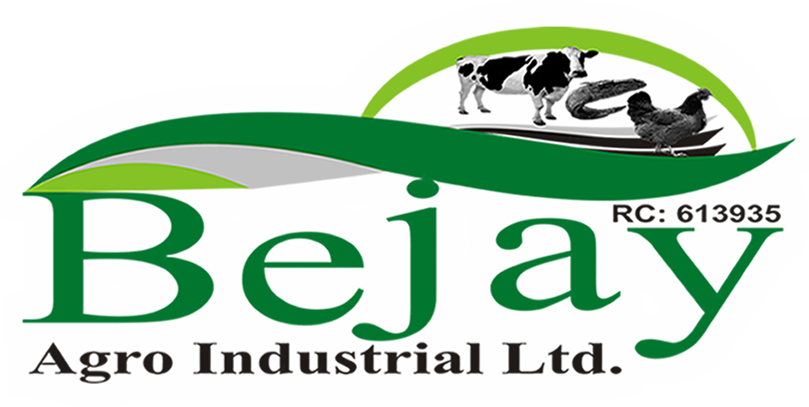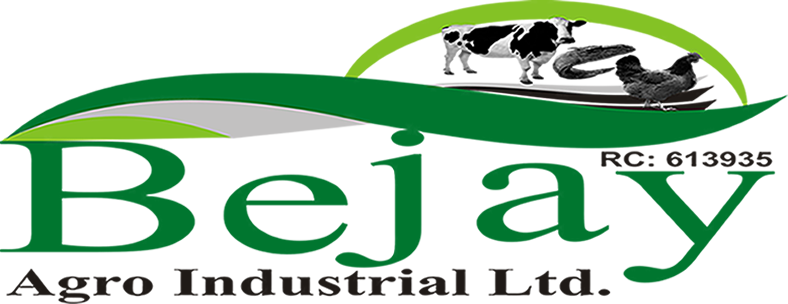Introduction
Pig farming will provide employment opportunities to seasonally employed rural farmers and supplementary income to improve their living standards.
Piggery
Among various livestock species that can help generate income and food security, piggery is among the most potential source of meat production and more efficient feed converters. Apart from providing meat, it is also a source of bristles and manure. The advantages of the pig farming are :
- The pig has got highest feed conversion efficiency i.e. they produce more live weight gain from a given weight of feed than any other class of meat producing animals except broilers.
- The pig can utilise wide variety of feed stuffs such as grains, forages, damaged feeds and garbage and convert them into valuable nutritious meat. However, feeding of damaged grains, garbage and other unbalanced rations may result in lower feed efficiency.
- They are prolific with shorter generation interval. A sow can be bred as early as 8-9 months of age and can farrow twice in a year. They produce 6-12 piglets in each farrowing.
- Pig farming requires small investment on buildings and equipments
- Pigs are known for their meat yield, which in terms of dressing percentage ranges from 65 – 80 in comparison to other livestock species whose dressing yields may not exceed 65%.
- Pigs manure is widely used as fertilizer for agriculture farms
- Pigs store fat rapidly, which is increasing in demand from poultry feed, soap, paints and other chemical industries.
- Pig farming provides quick returns since the marketable weight of fatteners can be achieved with in a period of 6-8 months.
- There is good demand from domestic as well as export market for pig products such as pork, bacon, ham, sausages,etc.



Leave a Reply